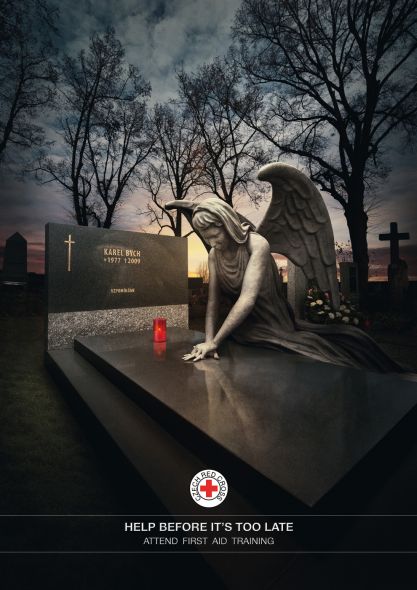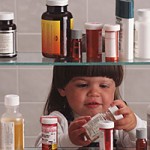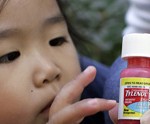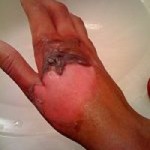Cold Water Boot Camp Results
Have you ever wondered what actually happens to the body when it is plunged into very cold water? You may very well be surprised when you learn the science behind this event.
Every year, countless people die from cold water exposure. Some simple steps in planning and knowledge of how to handle yourself in the event it does occur could mean the difference between life and death.
This also applies to those of us who enjoy cottaging, camping and the great outdoors… don’t forget, the Fall and Spring are also very deceiving months when it comes to water temps!
This is a must watch folks, if you have winter in your life!









